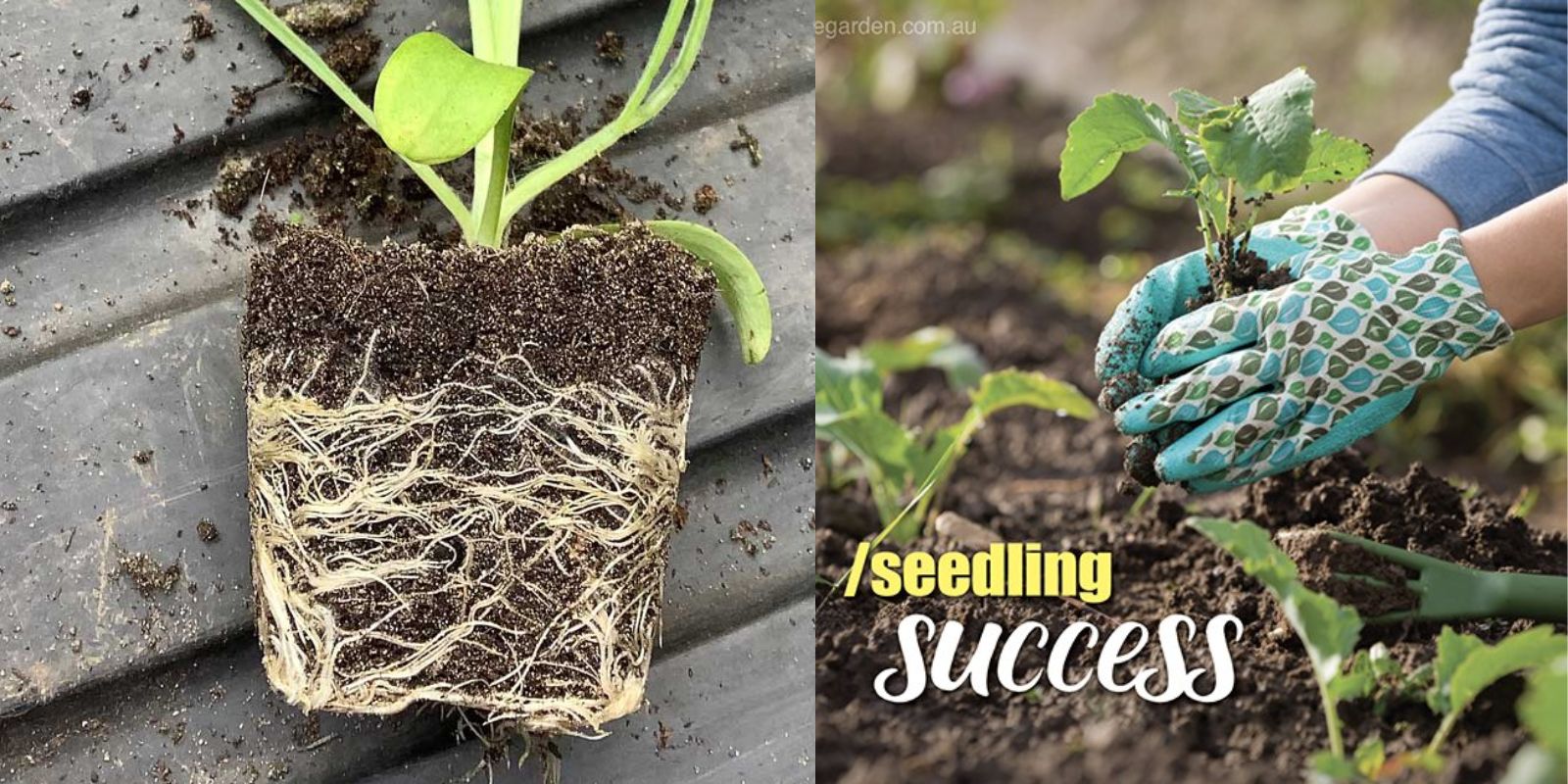Seedlings are the foundation of a vibrant, productive garden. Whether you’re growing vegetables, herbs, or flowers, ensuring that your seedlings are strong and healthy is key to their success. In this comprehensive guide, we’ll explore natural and effective ways to maximize seedling growth, from choosing the right seeds to nurturing your plants through their early stages. With these techniques, your garden will flourish like never before!
Why Focus on Seedling Growth?
Seedlings are incredibly delicate during their early stages of life. Small changes in their environment, soil, or care can significantly impact their development. Healthy seedlings grow into robust plants, resist diseases better, and produce higher yields. By optimizing your approach to seedling care, you lay the groundwork for a thriving garden.
1. Start with Quality Seeds
The journey to strong seedlings begins with selecting high-quality seeds.
- Opt for Non-GMO and Organic Seeds: These seeds are free from genetic modification and harmful chemicals, ensuring a natural growth process.
- Check Expiry Dates: Old seeds have a lower germination rate. Always check the packet for the harvest year or expiration date.
- Select Appropriate Varieties: Choose seeds suited to your climate and growing season for the best results.
Pro Tip: Soak seeds in warm water for a few hours before planting to speed up germination.
2. Prepare Nutrient-Rich Soil
Healthy soil is the backbone of seedling growth. The right mix ensures roots get the nutrients they need.
- Use Seed-Starting Mix: A light, well-draining mix is ideal for seedlings as it prevents waterlogging and supports root growth.
- Add Organic Compost: Enrich the mix with compost to provide essential nutrients.
- Ensure Proper pH Levels: Aim for a slightly acidic to neutral pH (6.0–7.0) for most plants.
Pro Tip: Sterilize your soil by baking it in the oven for 30 minutes at 180°F (82°C) to eliminate pathogens and pests.
3. Provide Natural Fertilizers
Seedlings require a gentle nutrient boost to thrive. Over-fertilization can harm them, so opt for diluted, natural solutions.
- Compost Tea: Brew a nutrient-rich tea from compost and water your seedlings with it.
- Seaweed Extract: Dilute organic seaweed fertilizer and apply it once every two weeks to strengthen stems and promote growth.
- Eggshell Water: Soak crushed eggshells in water overnight and use it to water your plants. This provides calcium to support strong cell walls.
4. Optimize Light Exposure
Light is essential for photosynthesis, which fuels seedling growth. Without adequate light, seedlings become leggy and weak.
- Provide 12–16 Hours of Light Daily: Position your seedlings in a sunny window or under grow lights.
- Use Adjustable Grow Lights: Set the lights 2–3 inches above the seedlings and raise them as the plants grow.
- Rotate Trays Daily: If using natural light, rotate your seed trays to ensure even exposure.
Pro Tip: Choose full-spectrum LED grow lights to mimic natural sunlight.
5. Maintain Consistent Moisture
Water is critical for seedling survival, but too much can be as harmful as too little.
- Keep Soil Moist, Not Soaked: Water lightly and frequently to maintain consistent moisture.
- Use a Spray Bottle: Misting with a spray bottle ensures gentle watering without disturbing the seedlings.
- Bottom Watering: Place seed trays in a shallow dish of water and allow the soil to absorb moisture from below.
Pro Tip: Cover your seed trays with plastic domes to retain humidity during germination.
6. Monitor Temperature and Humidity
Seedlings are sensitive to extreme temperatures and humidity fluctuations.
- Maintain 65°F–75°F (18°C–24°C): Use a heat mat to keep soil warm during cooler months.
- Ensure Proper Ventilation: Good airflow prevents mold and mildew growth.
- Use a Hygrometer: Measure humidity levels and adjust by misting or using a humidifier.
Pro Tip: Gradually harden off seedlings before transplanting by exposing them to outdoor conditions for a few hours each day.
7. Thin Out Seedlings for Stronger Growth
Overcrowded seedlings compete for light, nutrients, and space. Thinning them ensures the healthiest plants have room to grow.
- Wait Until Seedlings Have True Leaves: The first set of leaves (cotyledons) isn’t an indicator of strength. Wait for the second set to appear.
- Snip, Don’t Pull: Use scissors to snip weaker seedlings at the soil level to avoid disturbing the roots of neighboring plants.
8. Prevent Common Seedling Problems
Even with the best care, seedlings can face challenges. Here’s how to prevent common issues:
- Damping Off Disease: Avoid overwatering and ensure good air circulation. Use sterilized soil to prevent this fungal disease.
- Yellowing Leaves: This often indicates a nutrient deficiency. Apply a diluted natural fertilizer to remedy the issue.
- Leggy Seedlings: Increase light exposure and ensure seedlings aren’t crowded.
9. Gradually Transition to Outdoors
Before transplanting seedlings into your garden, they need to acclimate to outdoor conditions.
- Start with Shade: Place seedlings in a shaded area for a few hours each day.
- Increase Exposure Gradually: Over 7–10 days, slowly increase their time in the sun and wind.
- Transplant Carefully: Plant seedlings in the garden on an overcast day or late in the afternoon to minimize transplant shock.
Benefits of Natural and Effective Seedling Care
- Stronger Plants: Healthy seedlings lead to robust plants that can withstand pests and diseases.
- Higher Yields: Maximized seedling growth results in more productive vegetable and fruit crops.
- Eco-Friendly Gardening: Using natural methods reduces the reliance on chemical fertilizers and pesticides.
- Cost Savings: DIY seedling care is far more economical than purchasing mature plants.
Final Thoughts
Nurturing seedlings requires patience, care, and attention to detail, but the rewards are well worth the effort. By following these natural and effective strategies, you can maximize seedling growth and set the stage for a bountiful, thriving garden.
Now it’s your turn! Share your favorite seedling tips in the comments below. 🌱 Let’s grow together!
#SeedlingCare #GardeningTips #GrowYourOwn #HealthyPlants #OrganicGardening #HomeGarden #NaturalFertilizer #GardenLife

